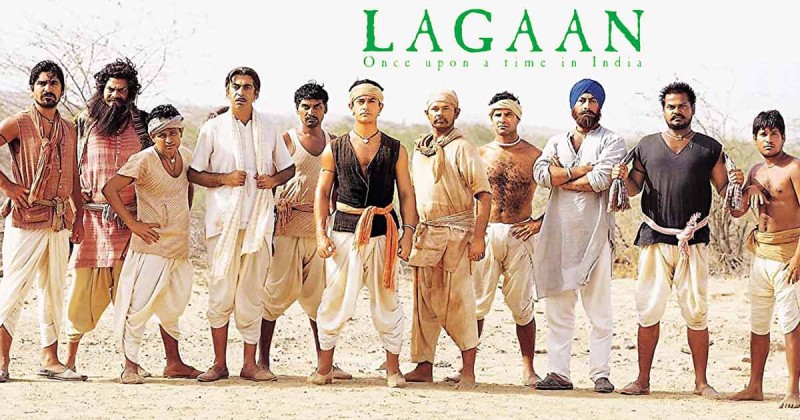
Cinema has the amazing ability to shatter geographical barriers and bring different cultures together on a single cinematic canvas. This transcendent quality is exemplified by the legendary Bollywood film "Lagaan," which Ashutosh Gowariker directed and was released in 2001. The most British actors have ever appeared in an Indian film, and "Lagaan" holds this extraordinary distinction in addition to its captivating story and brilliant music. The significance of this accomplishment, its effect on how colonial India was portrayed in the movie, and the unusual cultural exchange that took place on screen are all covered in this article.
The backdrop of "Lagaan" is rural India during the British colonial era. The story of the movie centers on a group of Indian villagers who, through a crucial cricket match, rise up against the oppressive British taxation system. In the midst of its compelling plot, "Lagaan" deftly integrates a multicultural ensemble cast, weaving together a rich tapestry of characters that reflects the varied social fabric of colonial India.
The use of British actors in "Lagaan" is an effective narrative device that not only raises the film's level of realism but also encourages intercultural dialogue. The movie blurs the line between historical fact and cinematic fiction by having British characters played by British actors, and it does so by presenting a nuanced portrait of colonial dynamics to viewers. The storytelling is enhanced by the presence of British actors, allowing for a deeper examination of the intricate interactions and relationships that characterized the time period.
The fact that British actors appeared in "Lagaan" shows how serious the filmmakers were about realism and cultural representation. The portrayal of both British colonialists and Indian villagers was given a realistic air by the British actors, who fully committed to their roles. This added to the integrity of the movie. This cross-cultural interaction strengthens the film's veracity and presents a comprehensive view of the historical events and societal dynamics it seeks to portray.
Beyond its impact on the story, the inclusion of British actors in "Lagaan" denotes a moment of international cooperation in cinema. The international cast of the movie is a testament to how cinema can connect people from different backgrounds, bring people together, and forge a shared artistic experience that appeals to viewers all over the world. This collaboration of British and Indian artists demonstrates the power of narrative and the importance of cinema as a tool for understanding different cultures.
"Lagaan" is still regarded as a classic film that never fails to move audiences. Its success in casting the greatest number of British actors is evidence of the film's commitment to historical accuracy and narrative complexity. The film's success paves the way for upcoming cinematic endeavors that embrace multiculturalism, authenticity, and cross-cultural exchange, ultimately enhancing the storytelling landscape of Indian cinema and beyond.
The 2001 film "Lagaan" is a remarkable example of how cinema can cross boundaries and foster cross-cultural understanding. The movie presents a nuanced and accurate portrait of colonial India thanks to its multiracial cast, which includes notable representation from British actors. Beyond its technical accomplishments, "Lagaan" serves as a reminder of the unifying power of storytelling, which unites a wide range of artists, audiences, and cultures while making a lasting impression on the film industry.
Daag: A Poem of Love and Unconventional Romance
Junglee's Melodic Path and the Creation of Kashmir Ki Kali
From Screen to Reality, Vidya Balan's Unforgettable Ode to Silk Smitha